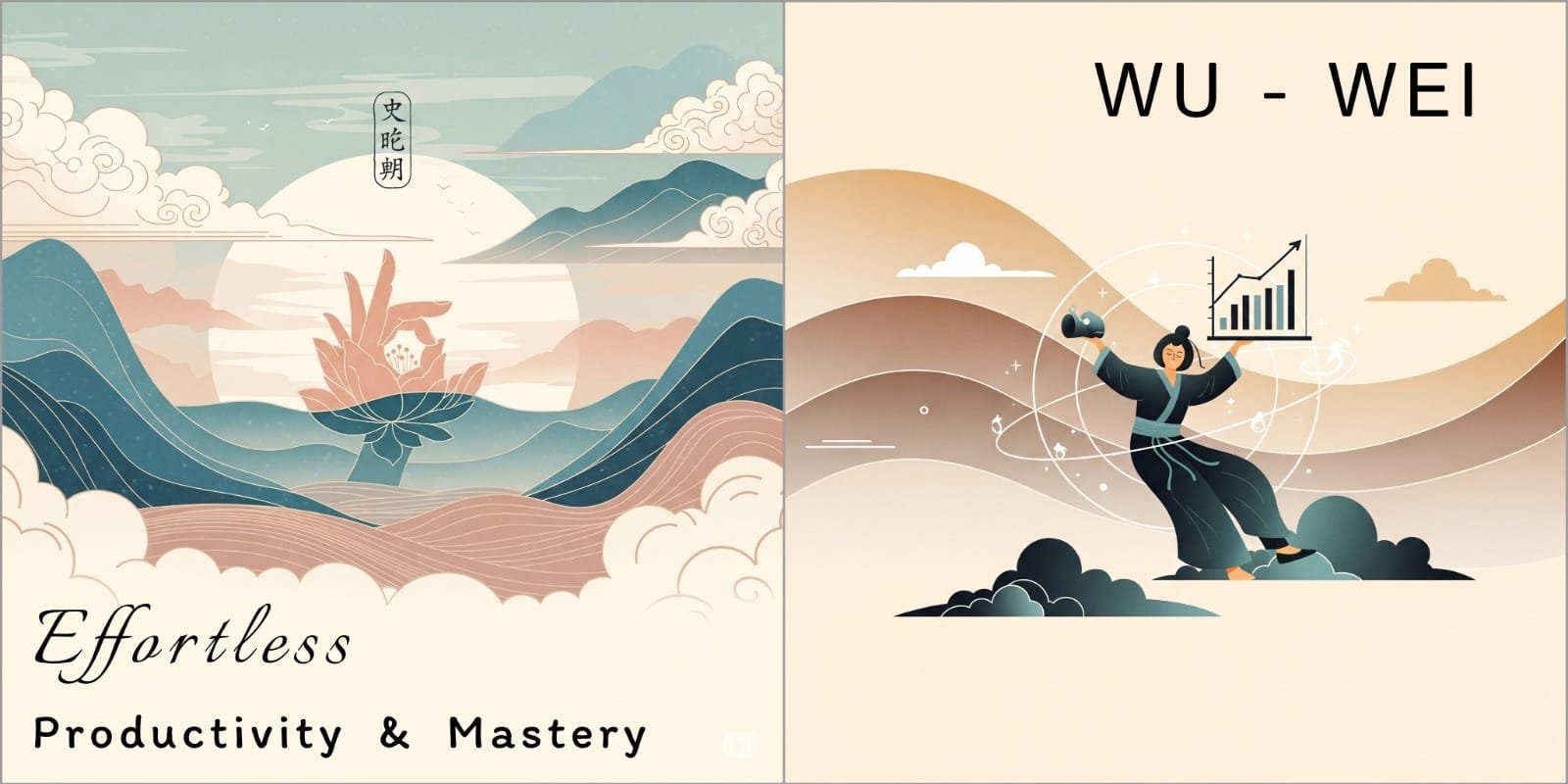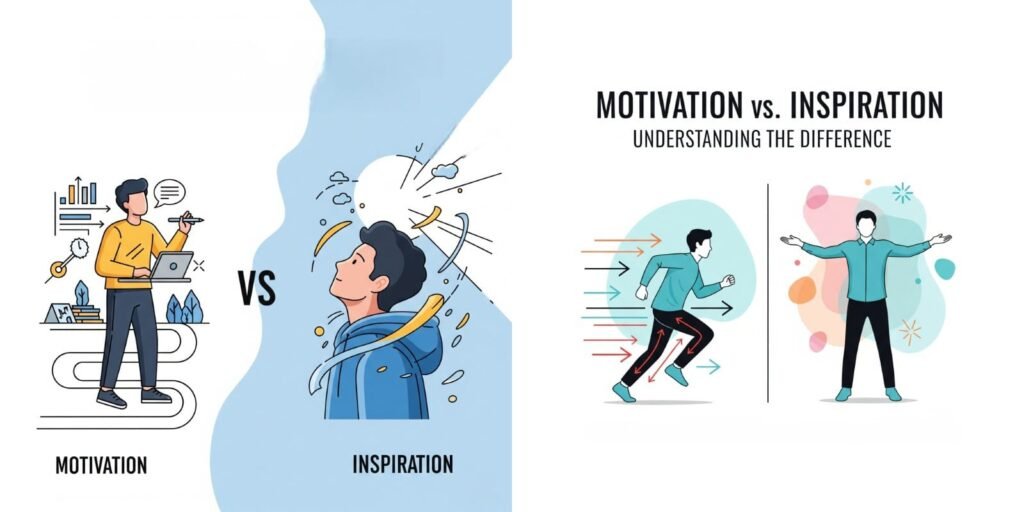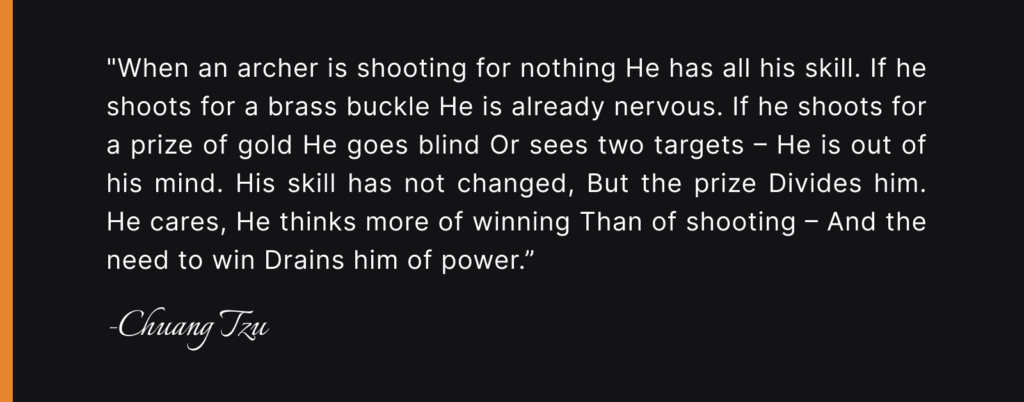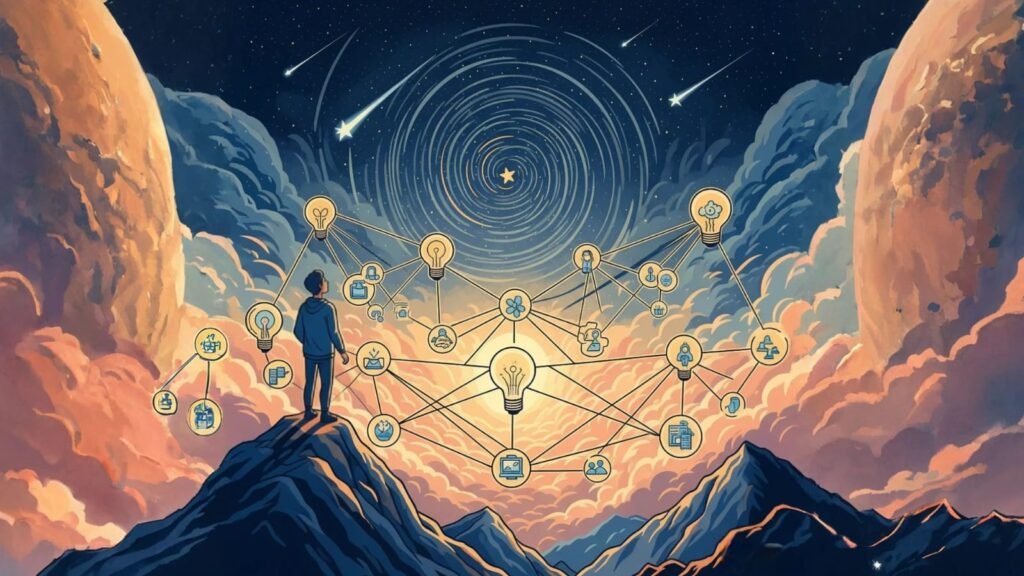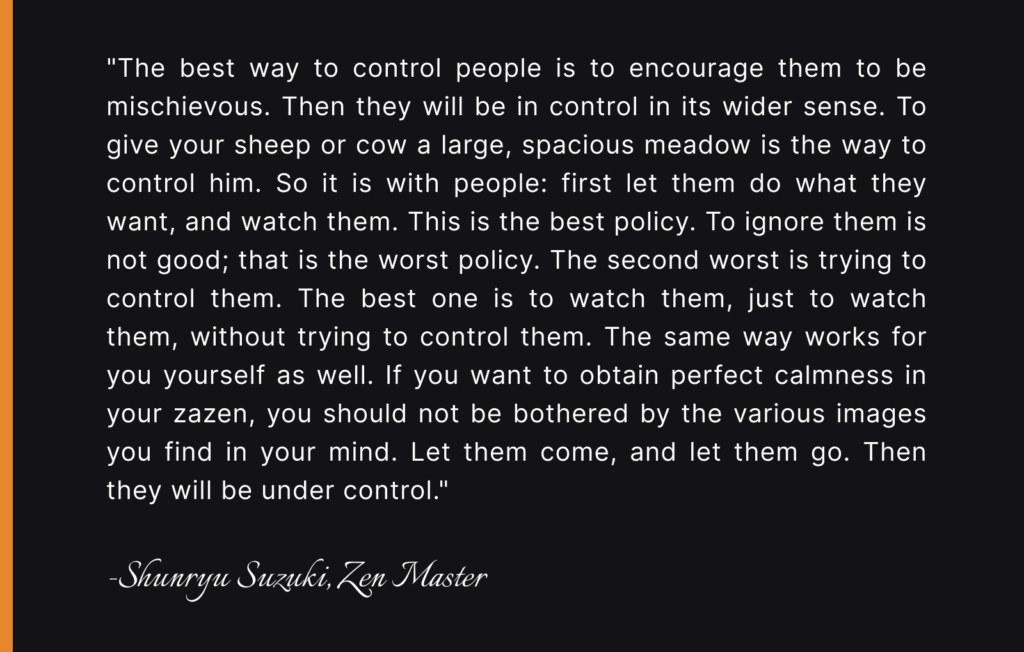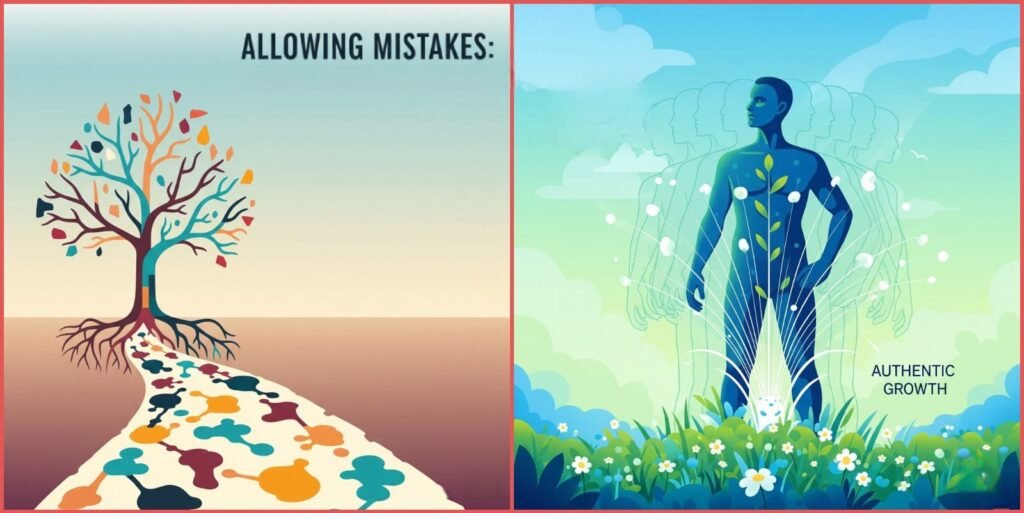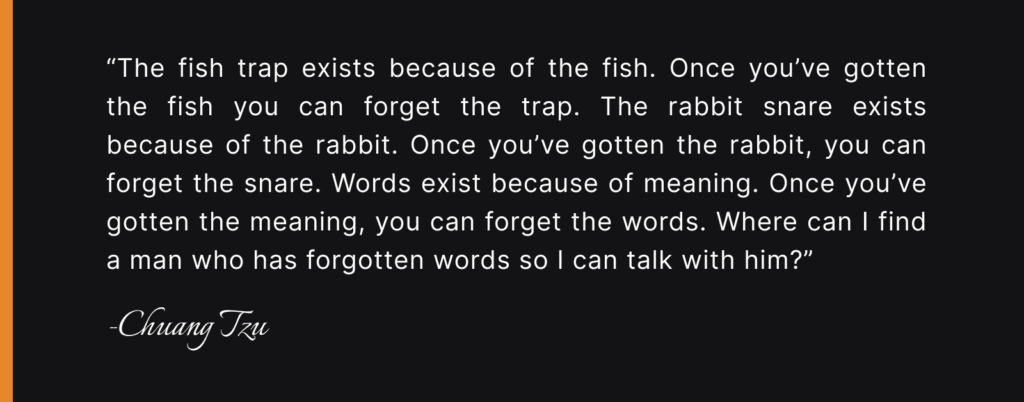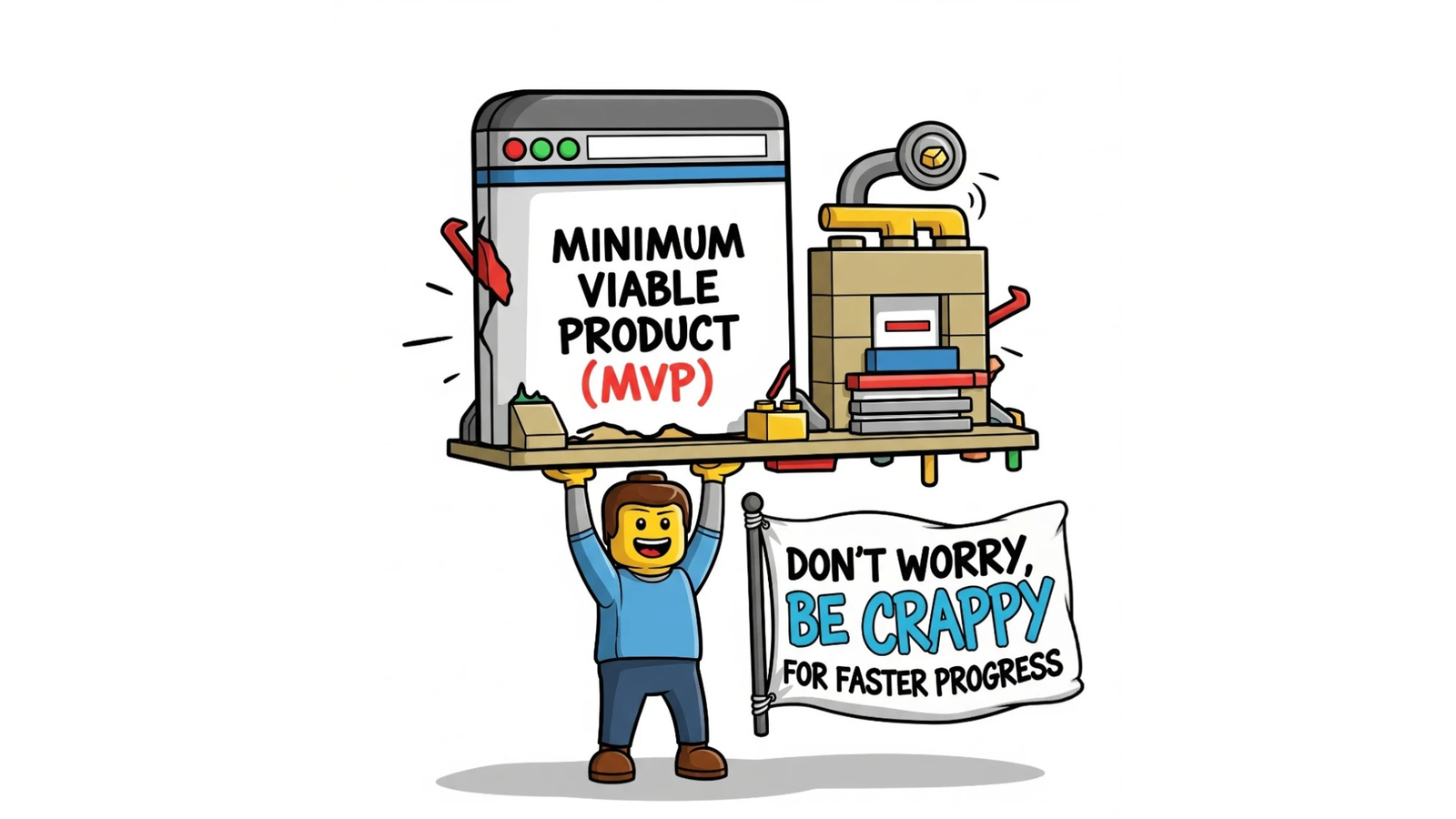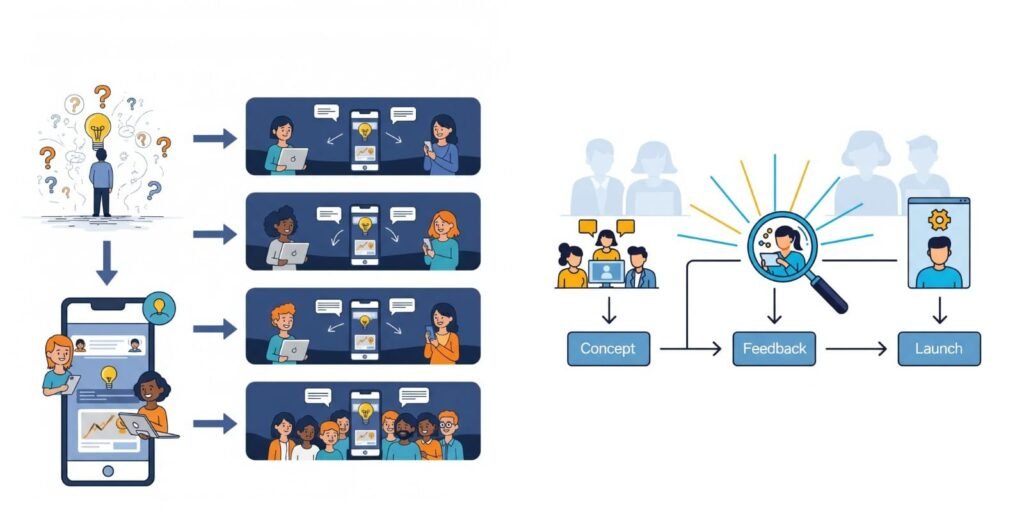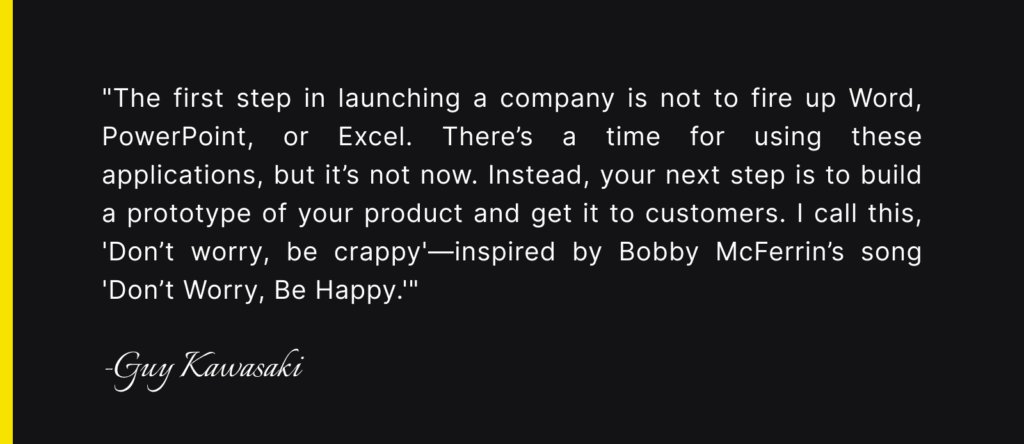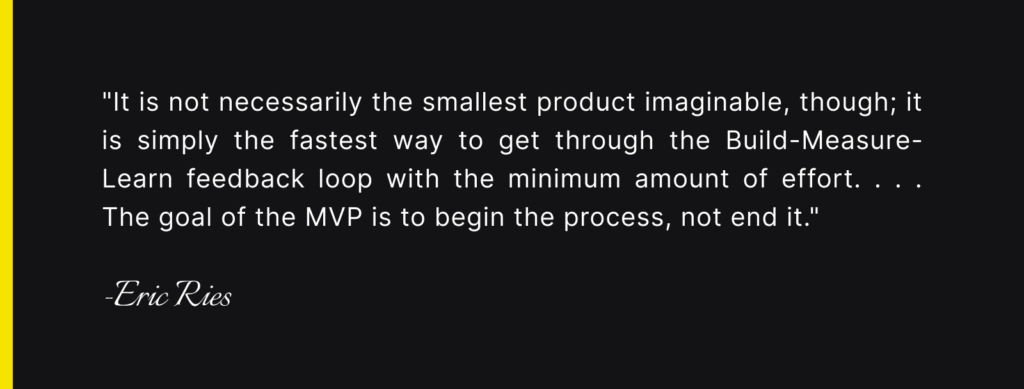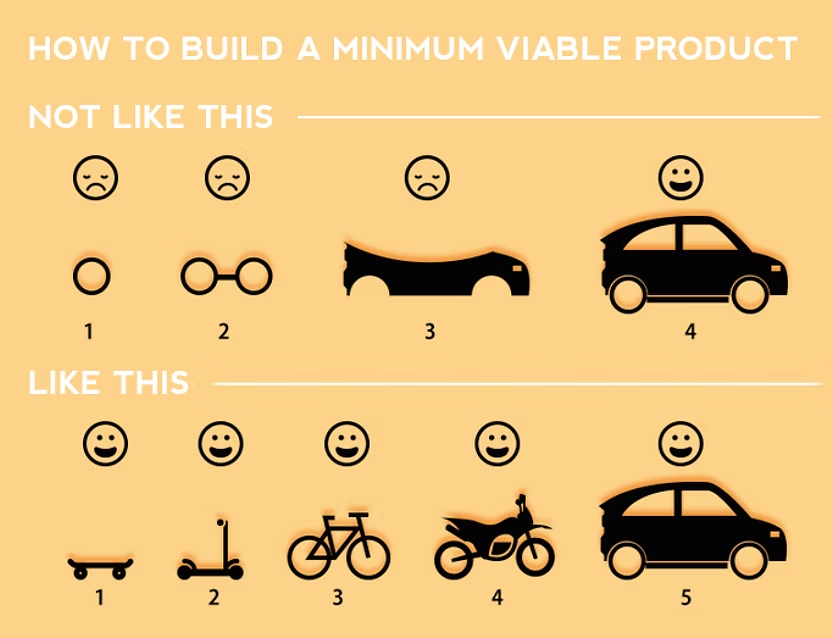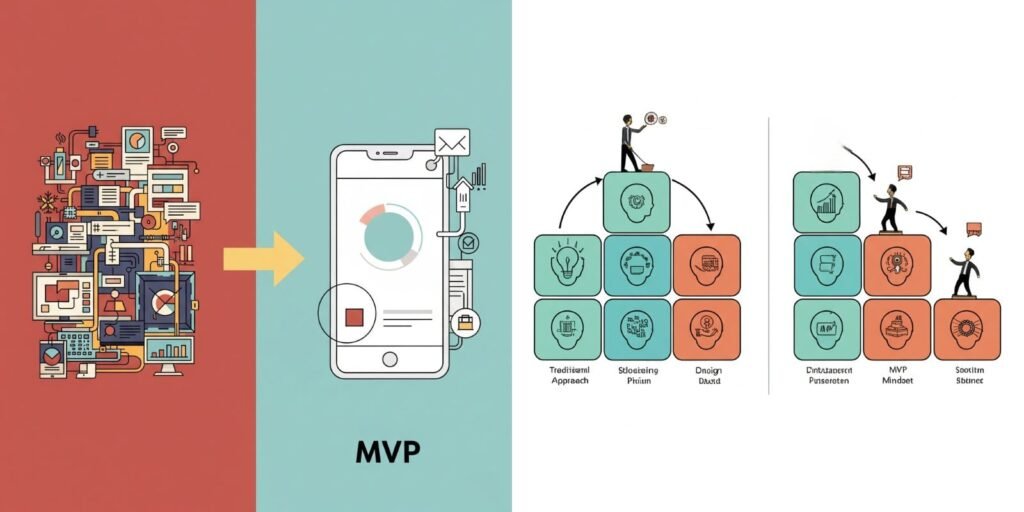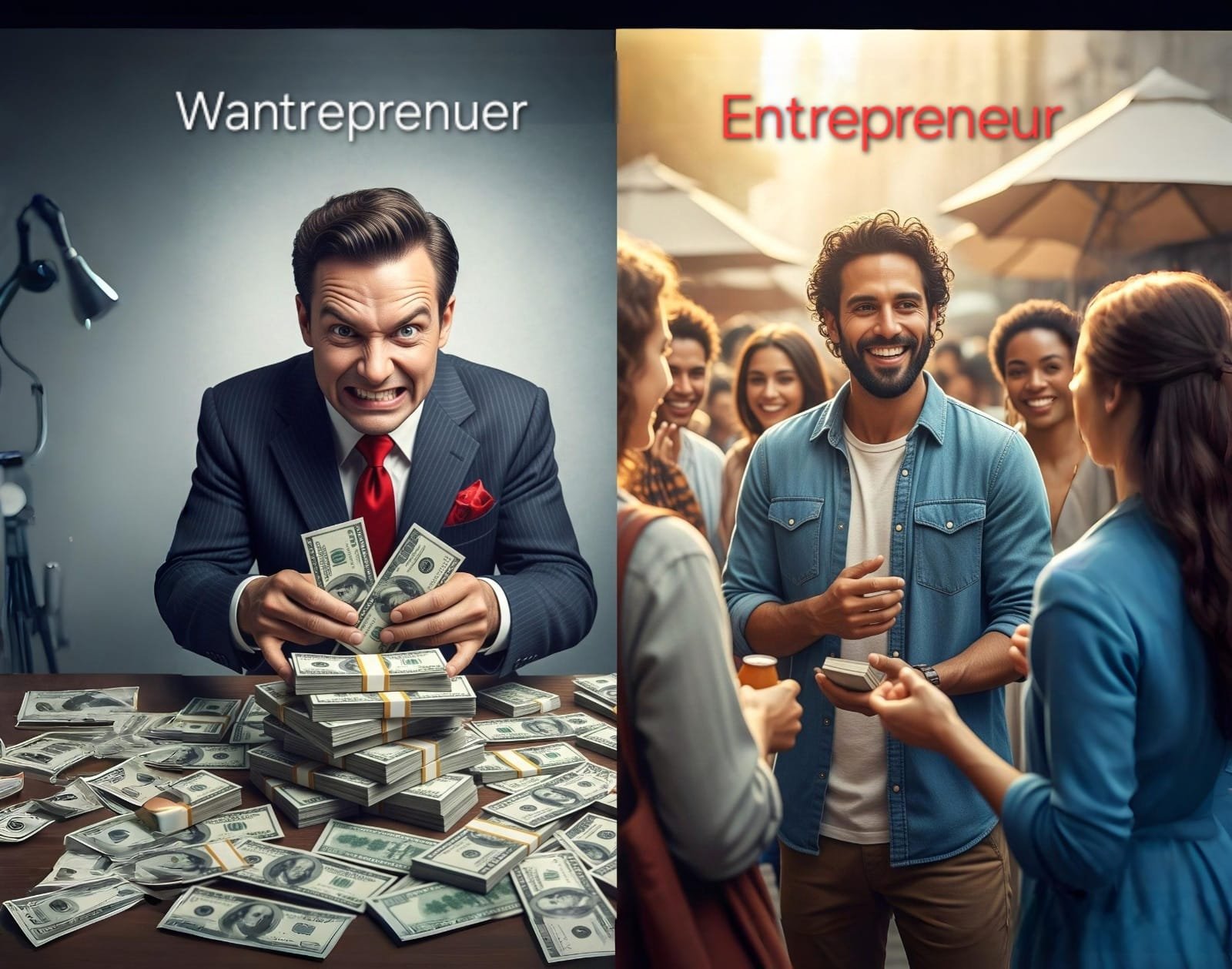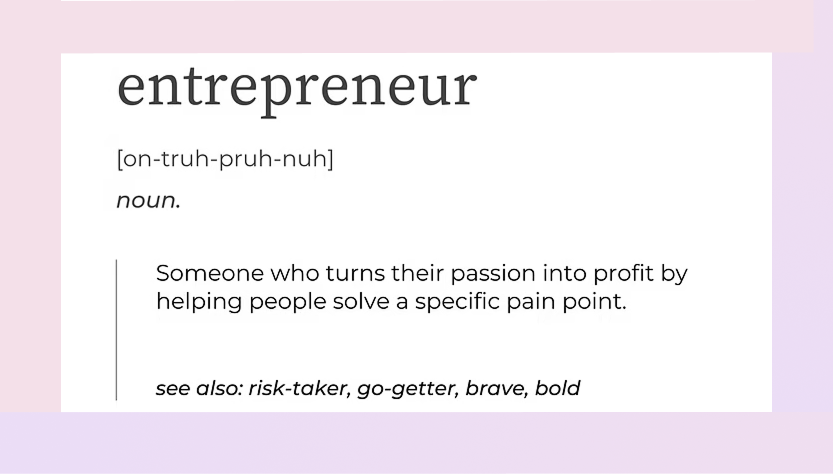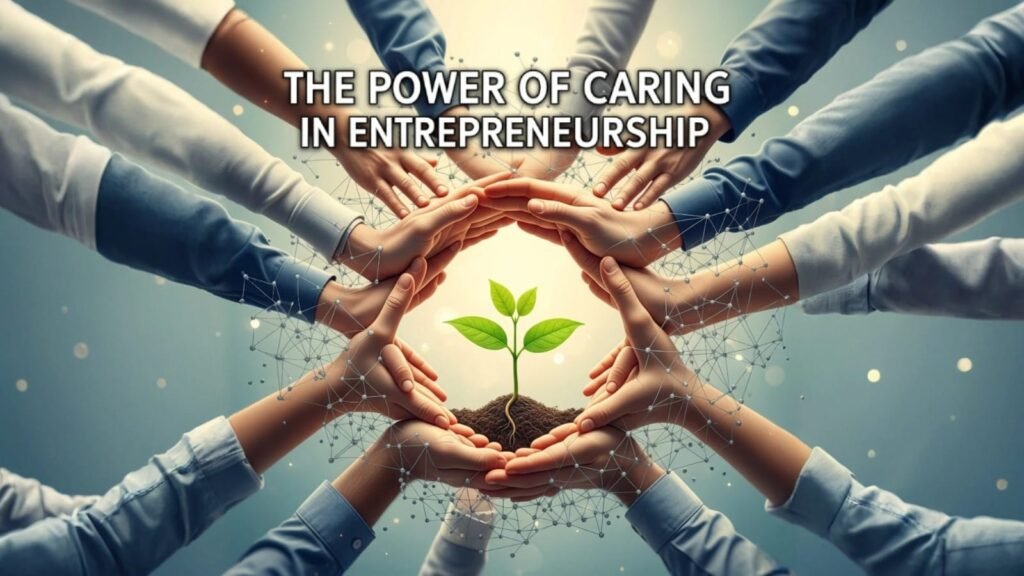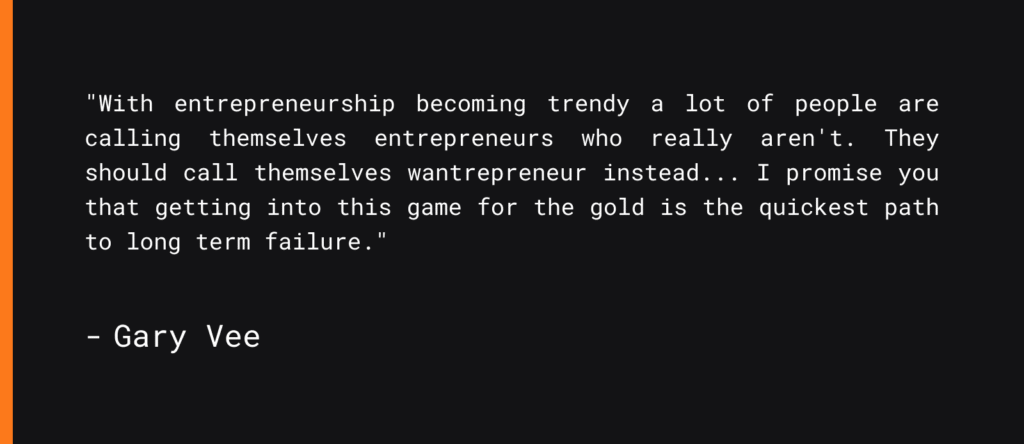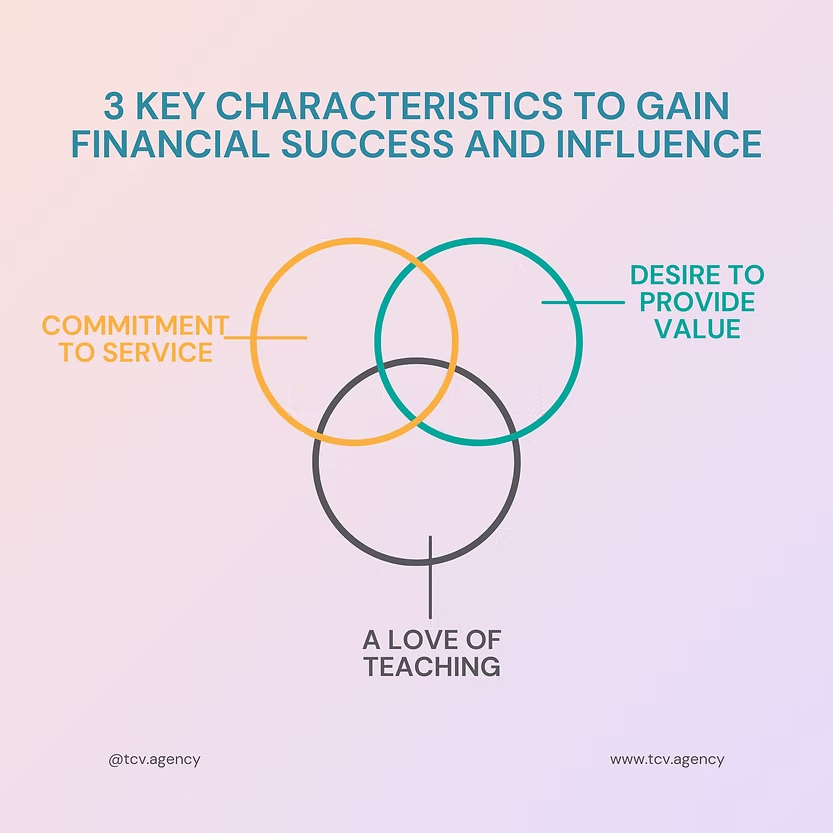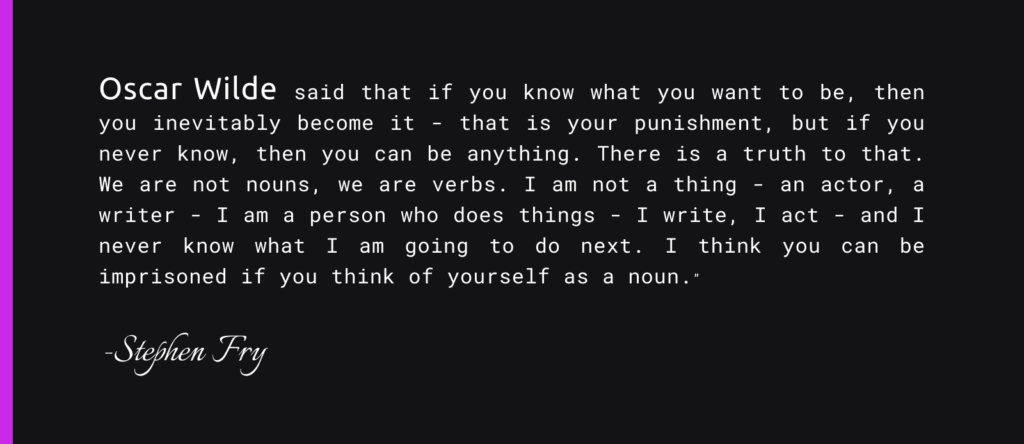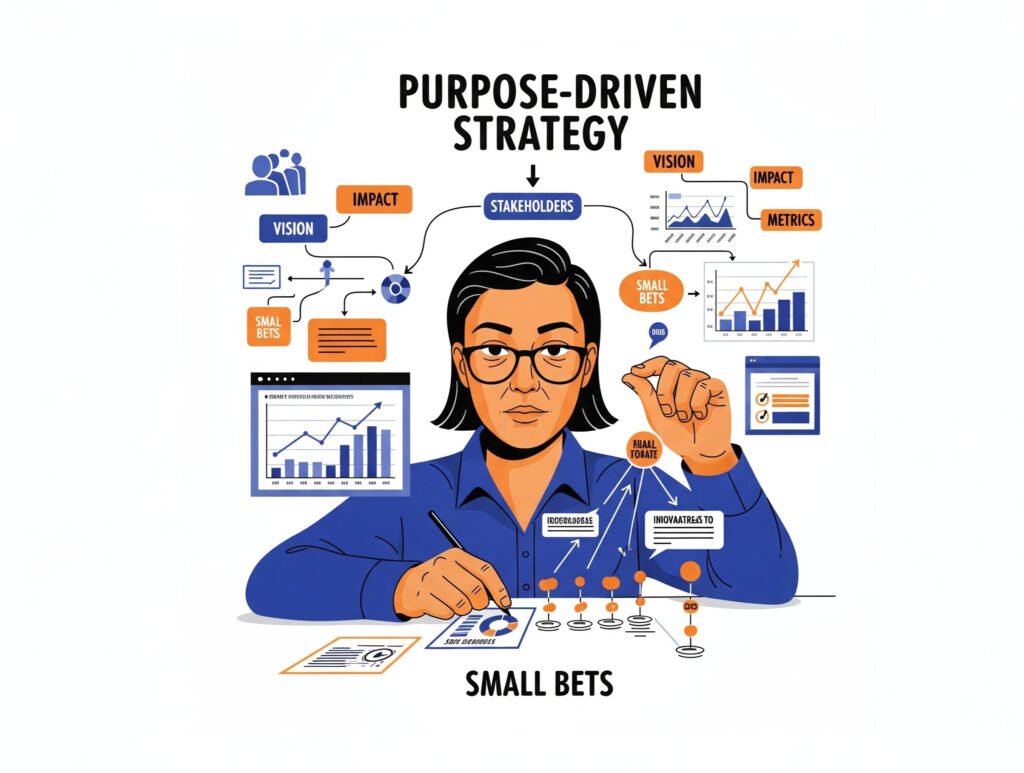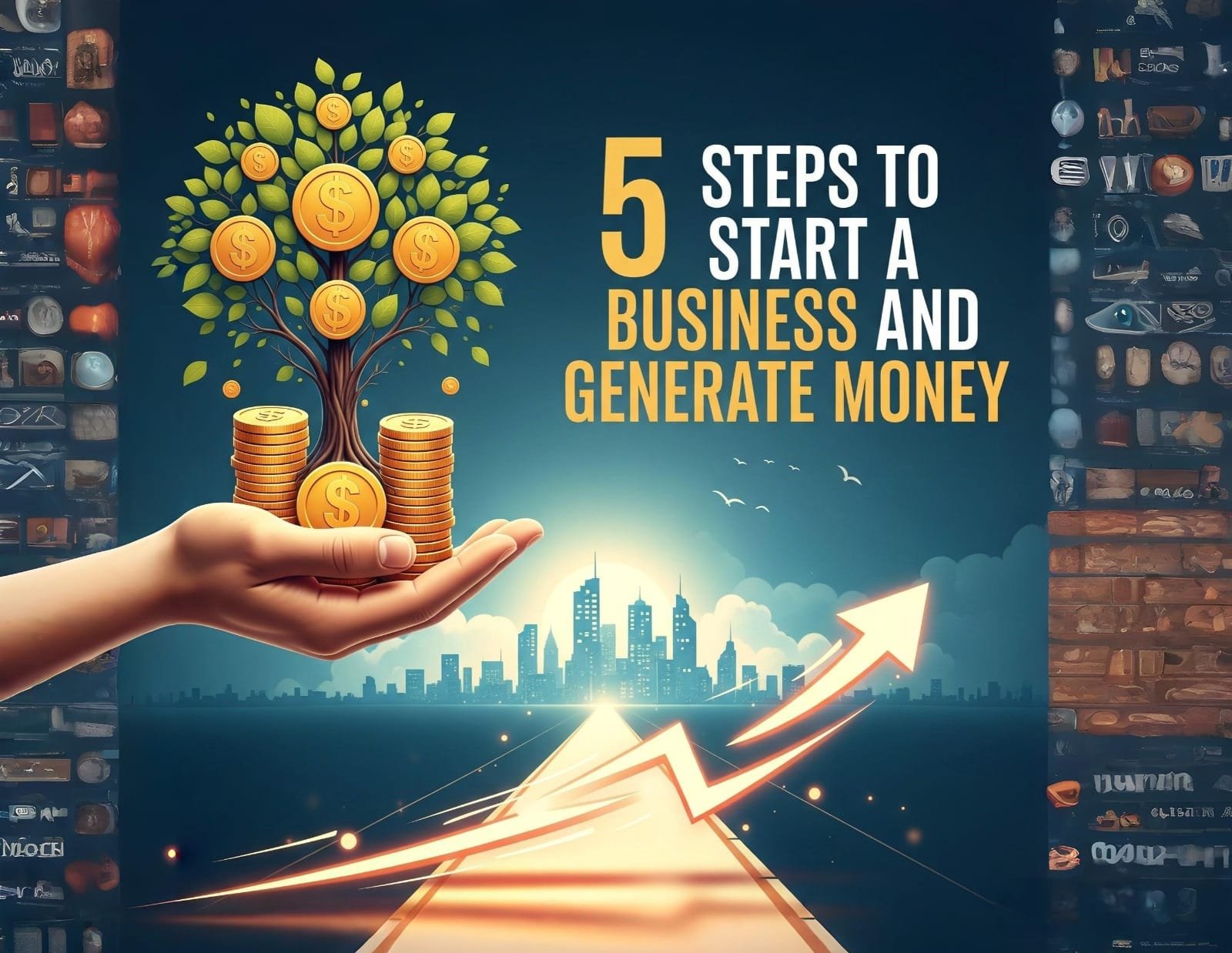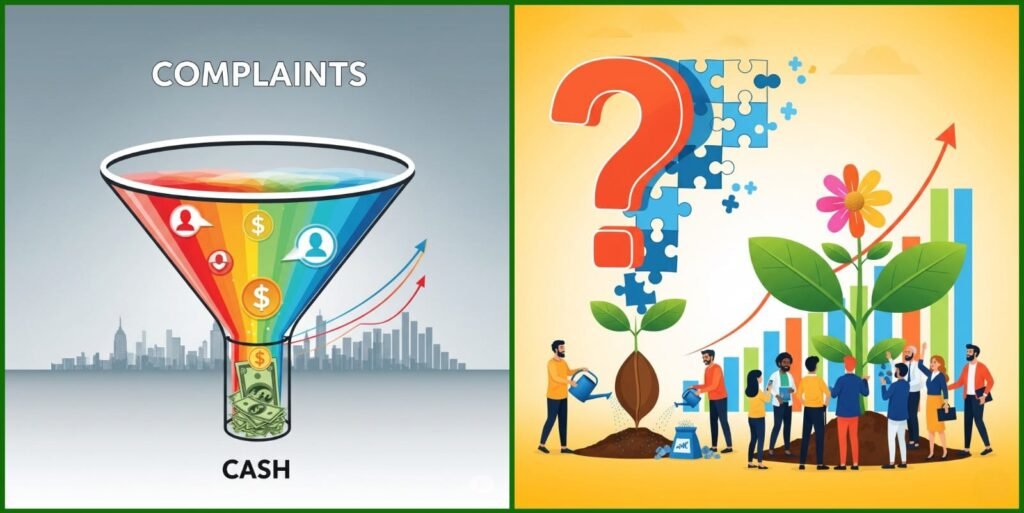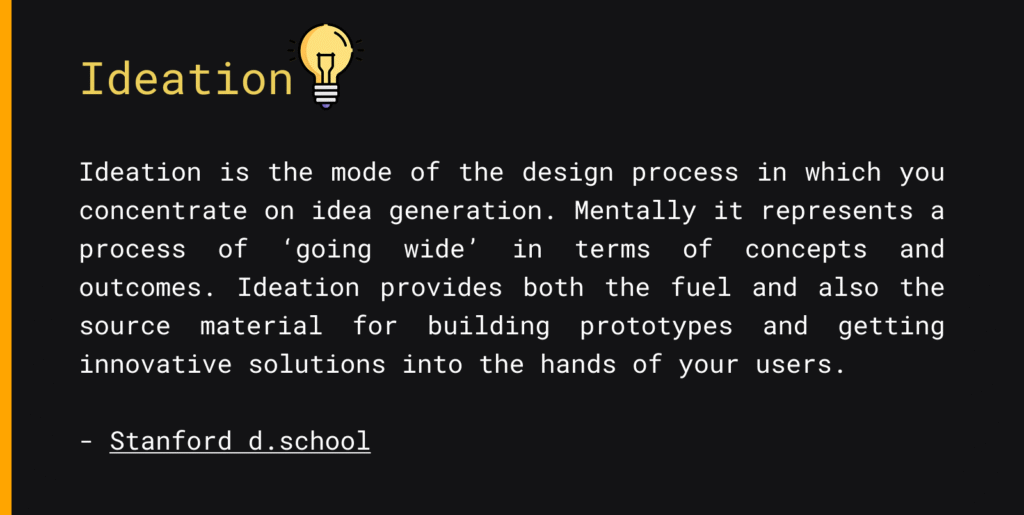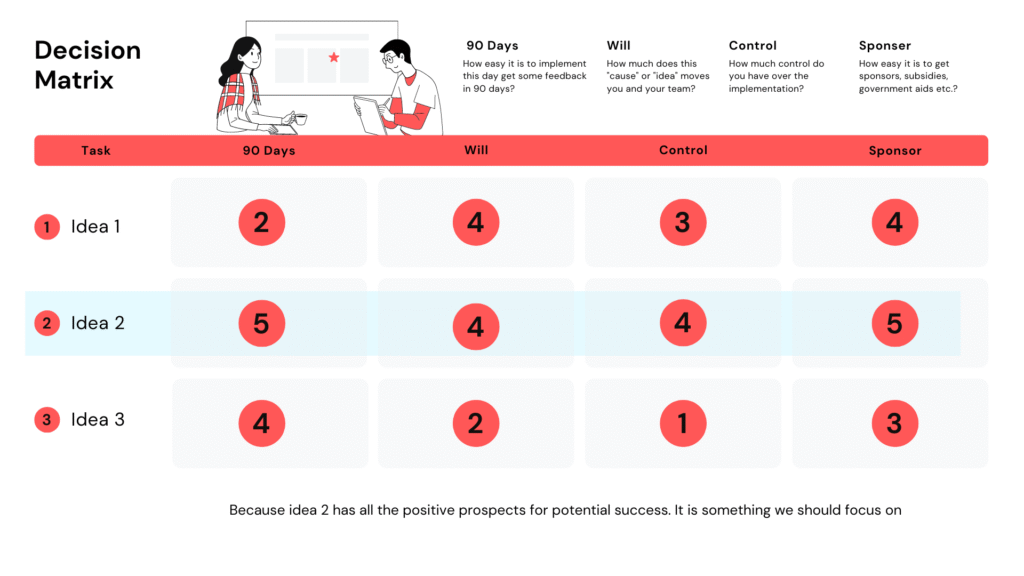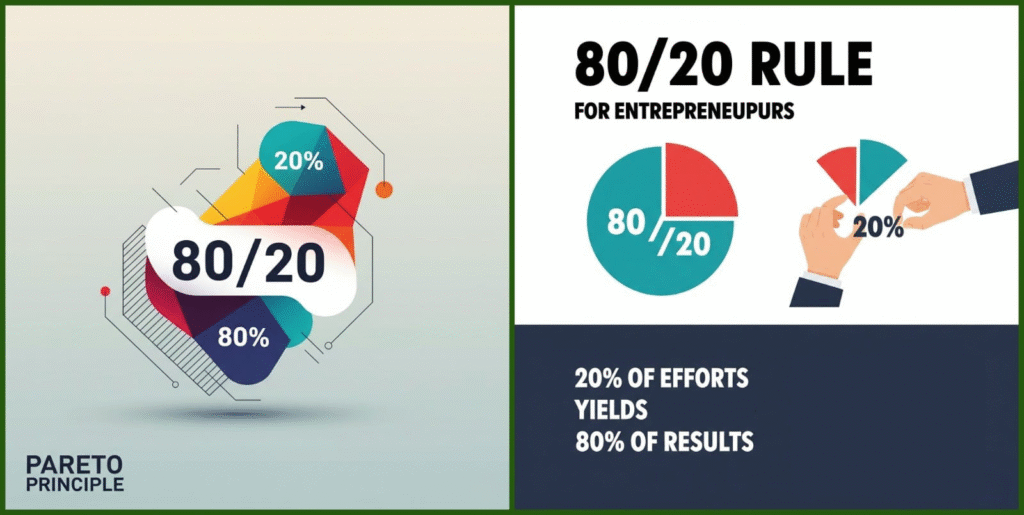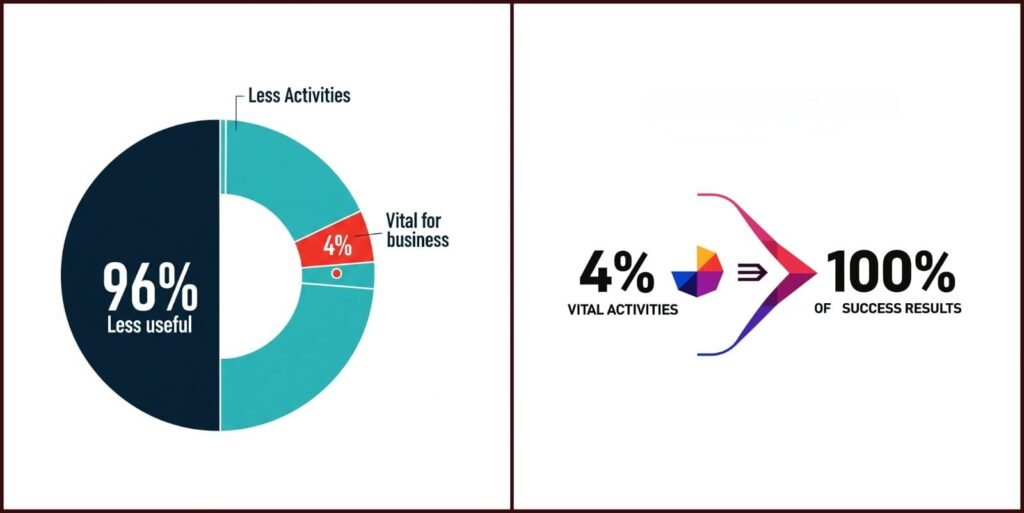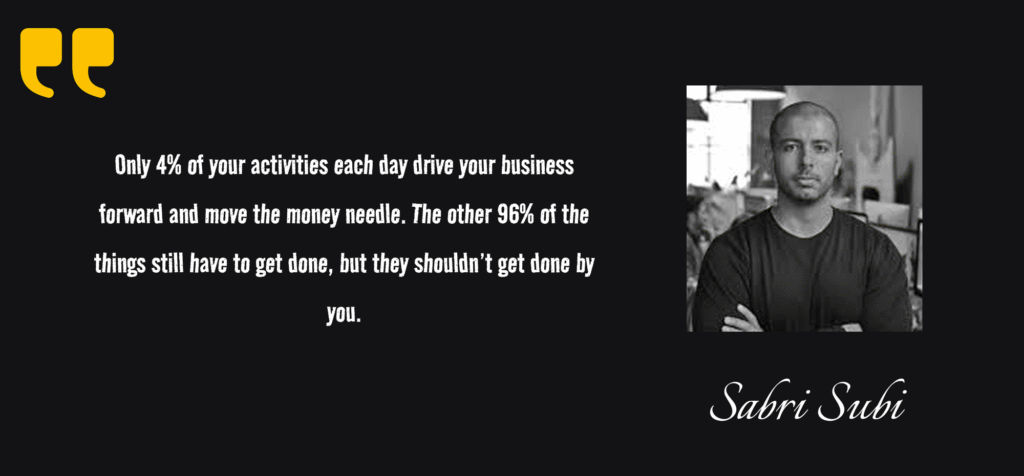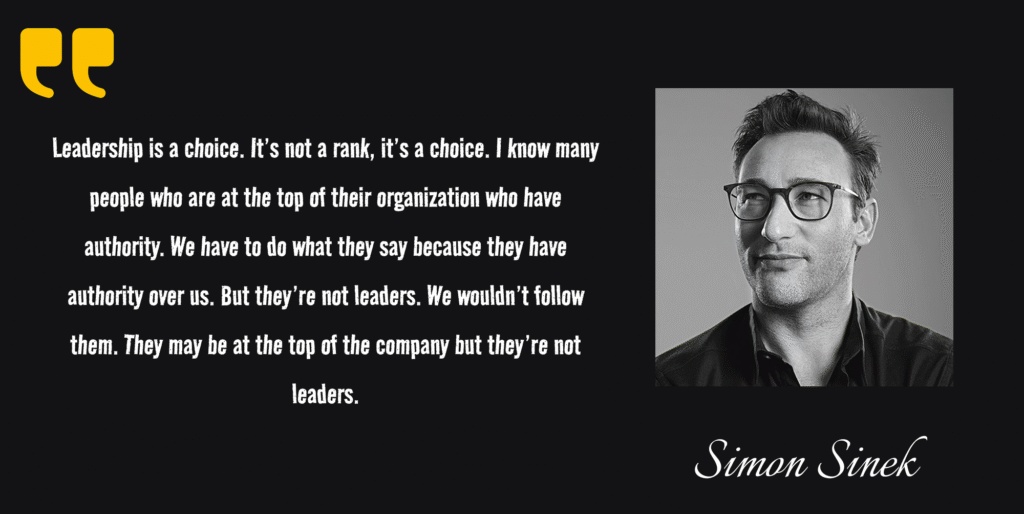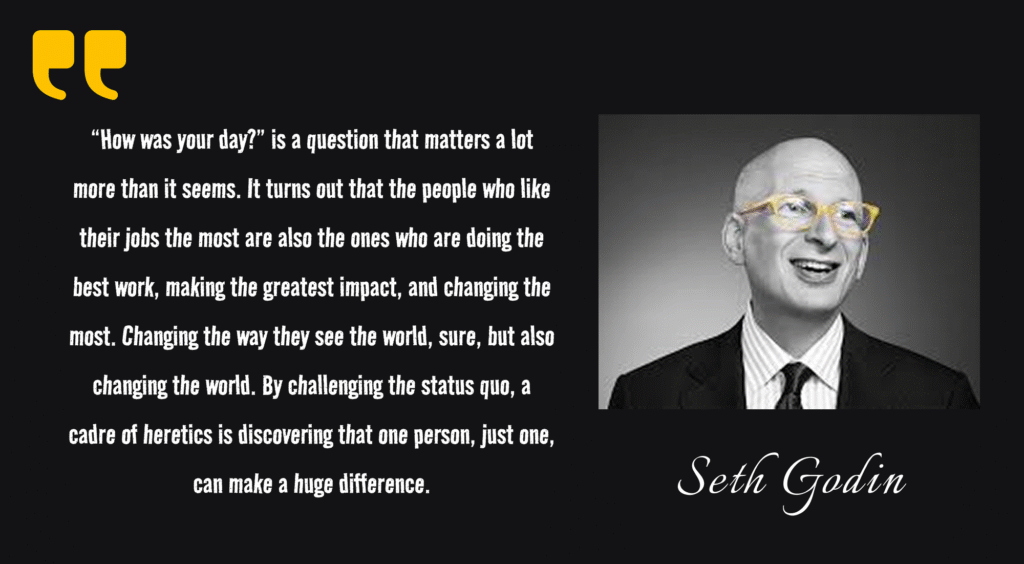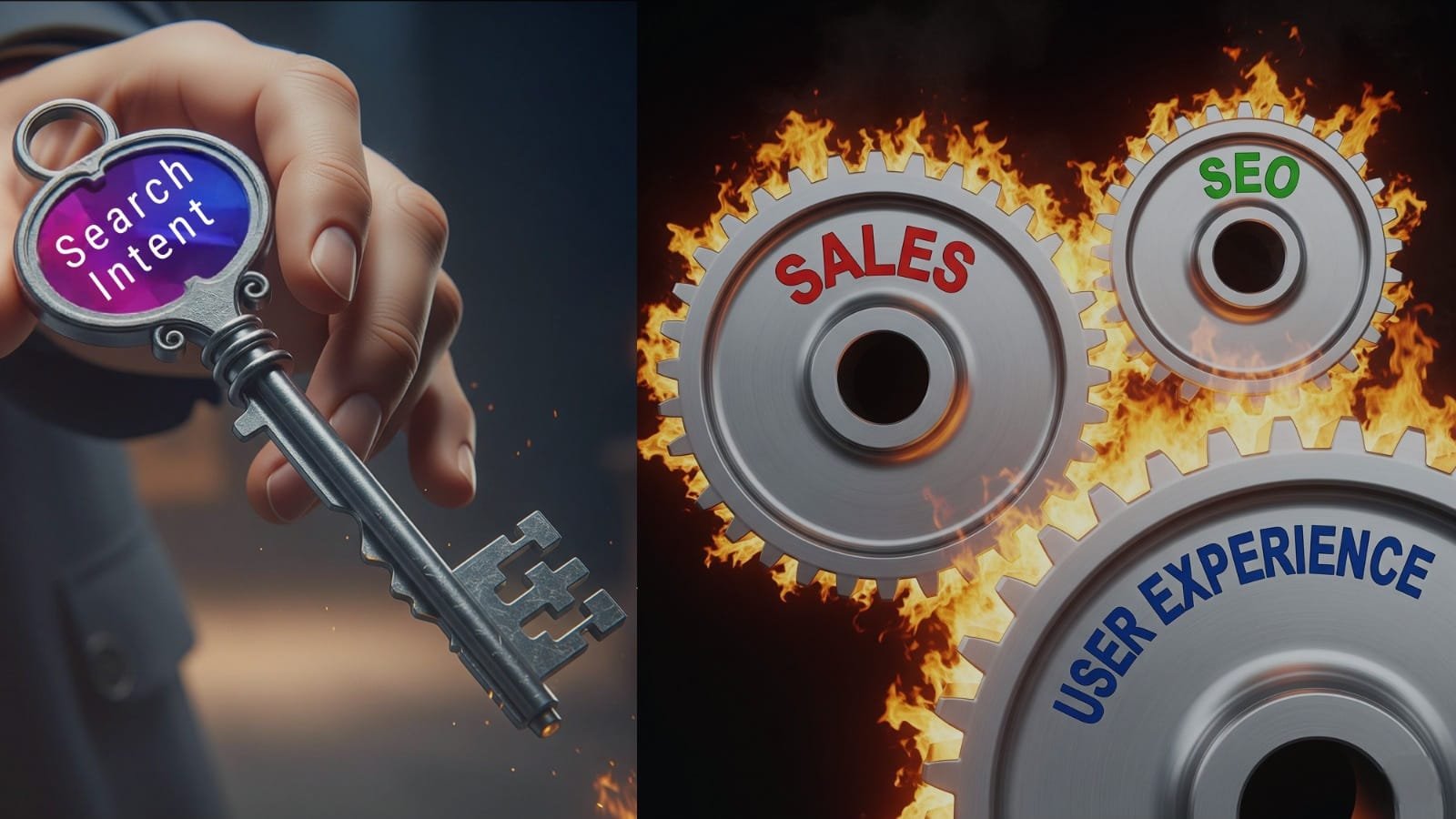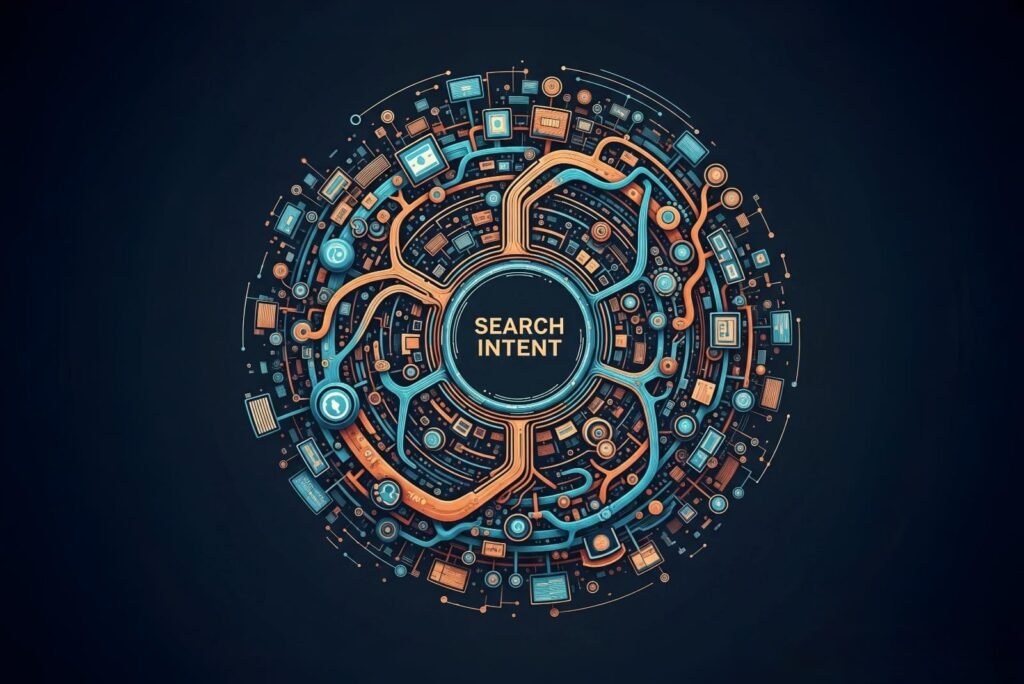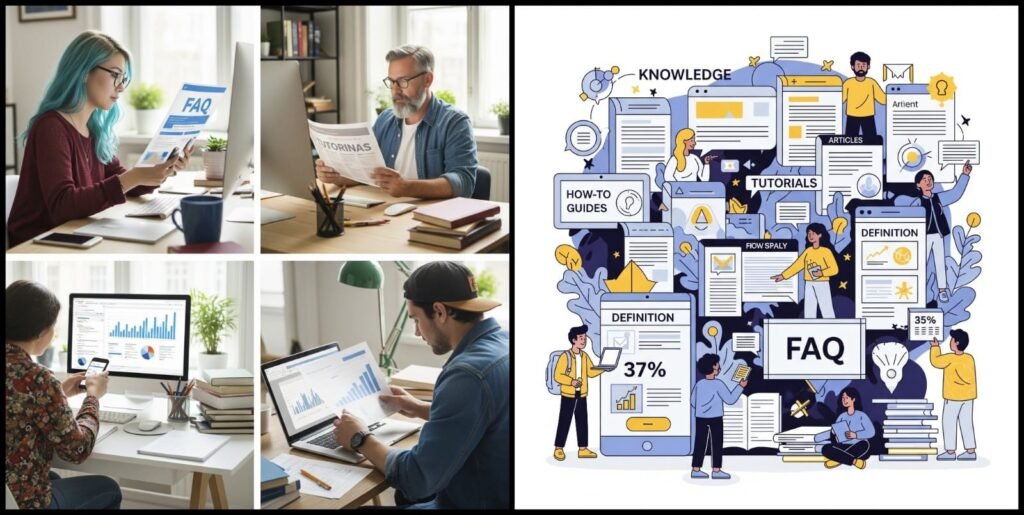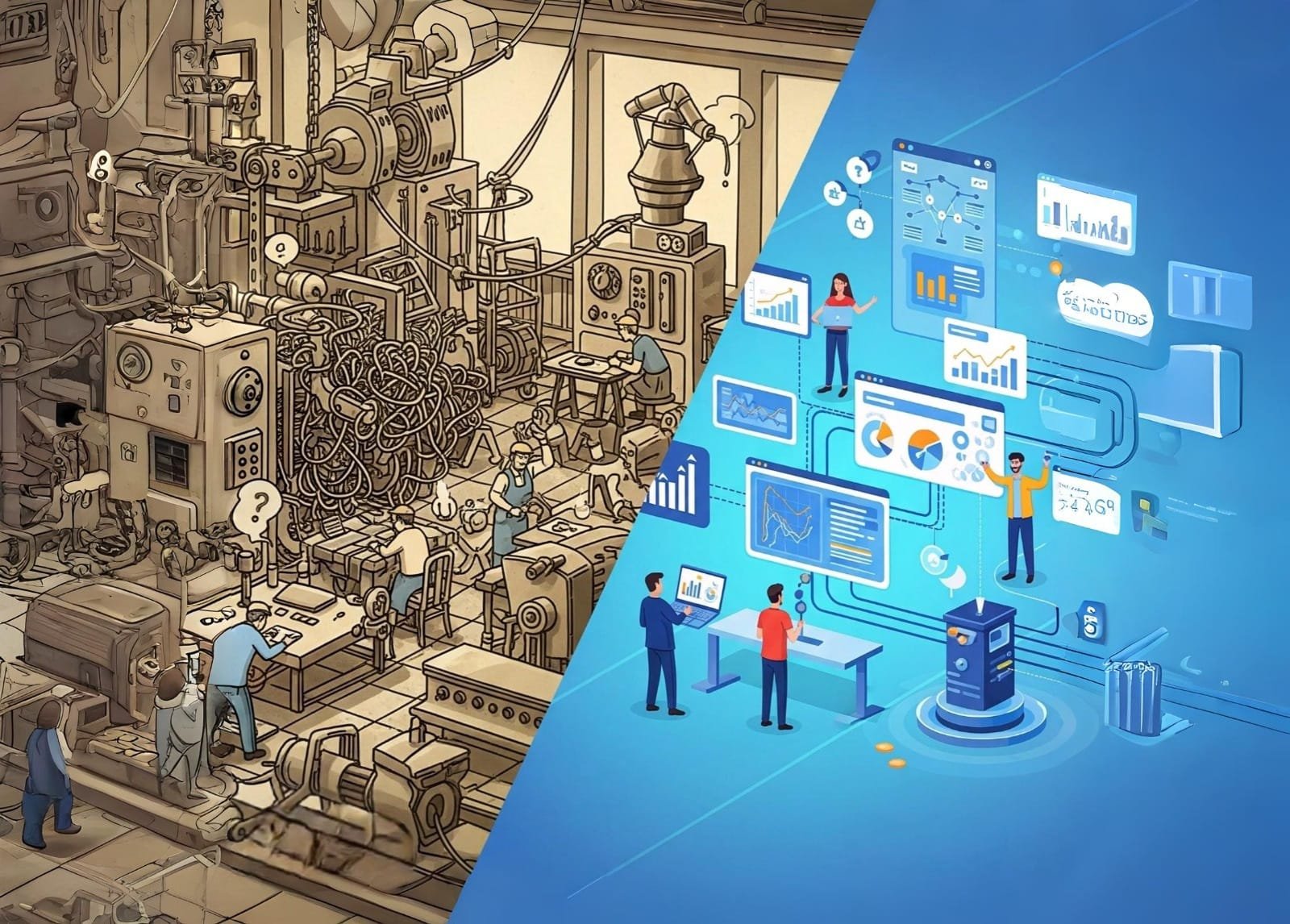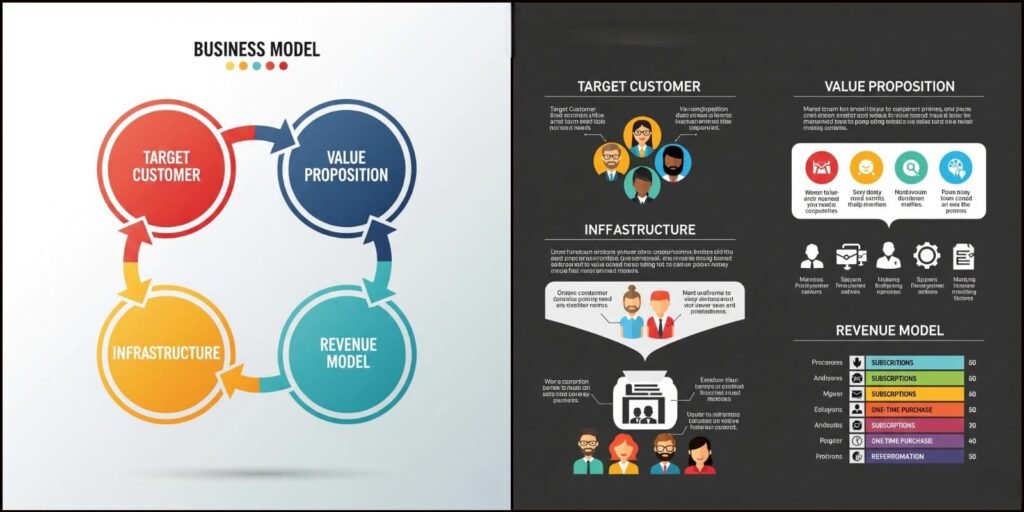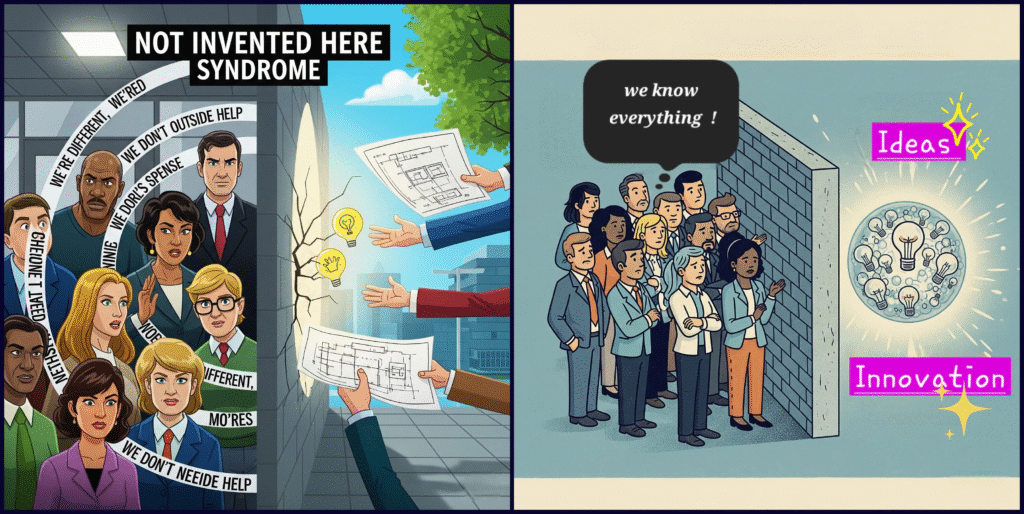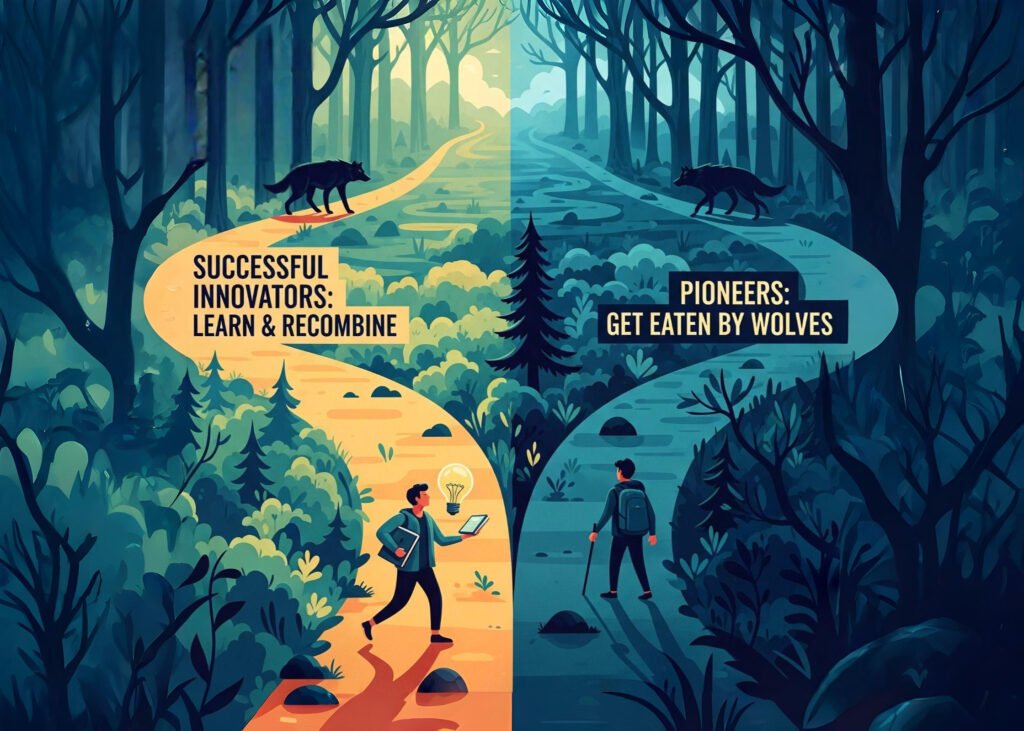Ces six mythes du management à éviter (et six maximes alternatives à considérer) nous sont offerts par Jeanne Ledika de la célèbre Darden School of Business de l’Université de Virginie. Dans le paysage commercial incroyablement dynamique d’aujourd’hui, de nombreux adages et principes de gestion classiques ne fonctionnent tout simplement plus efficacement.
Les perspicacités de Jeanne Ledika offrent des alternatives modernes essentielles à ces principes traditionnels. J’ai découvert pour la première fois ces précieuses maximes dans un PDF gratuit de Darden Executive Education. Comme ce PDF n’est plus facilement disponible, il m’a semblé crucial de partager ces précieuses connaissances en management pour éviter qu’elles ne se perdent. Voici les six mythes critiques du management et leurs puissantes maximes alternatives pour les leaders modernes.
Mythe 1 : Pensez grand. — Meilleure maxime 1 : Soyez prêt à commencer petit — mais en vous concentrant sur la satisfaction de véritables besoins humains.

Il y a une pression constante dans le monde des affaires pour s’assurer que chaque opportunité est perçue comme “suffisamment grande”. Cependant, la plupart des solutions véritablement significatives et disruptives ont commencé modestement et ont pris de l’ampleur de manière organique. Pensez aux débuts d’internet — à quel point de nombreuses entreprises comme eBay ou PayPal auraient-elles été prises au sérieux ?
À une époque antérieure, FedEx semblait initialement conçue pour un marché de niche. Pour saisir efficacement les véritables opportunités de croissance et favoriser l’innovation dans un monde dynamique, il est souvent préférable de commencer petit, d’identifier un besoin humain profond et sous-jacent, et de s’y connecter de manière authentique. Cette approche agile permet l’apprentissage et l’adaptation.
Mythe 2 : Soyez audacieux et décisif. — Meilleure maxime 2 : Ne mettez pas tous vos œufs dans le même panier — explorez toujours plusieurs options.
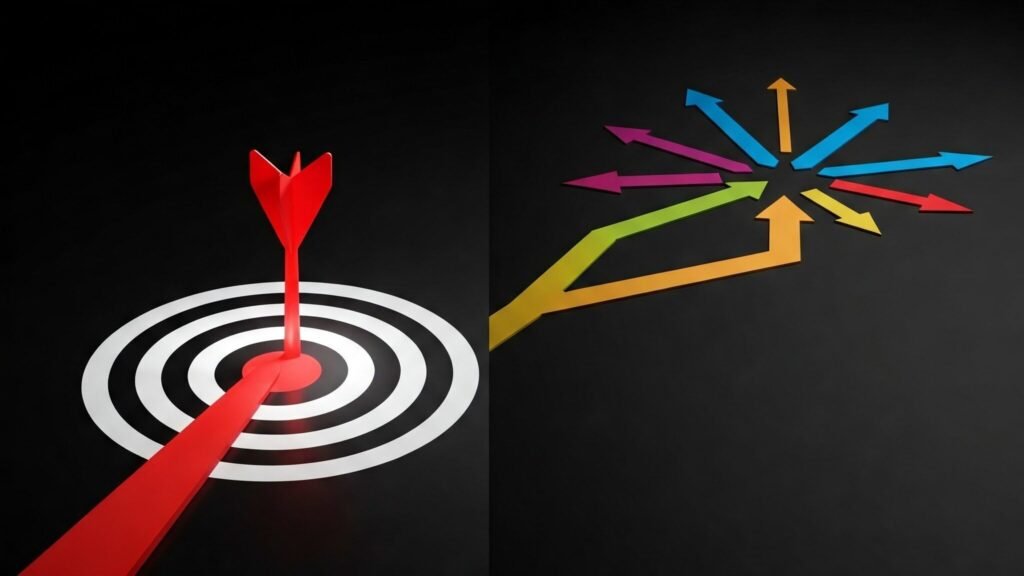
Dans le passé, les cultures d’entreprise étaient fortement influencées par les métaphores de la compétition, souvent empruntées aux sports et à la guerre. Dans les années 1980 et 1990, les fusions et acquisitions à grande échelle se prêtaient fréquemment au langage de la conquête et aux décisions audacieuses et singulières.
En revanche, favoriser la croissance organique et naviguer dans l’incertitude d’un environnement complexe exige un état d’esprit différent. Cela nécessite un développement significatif, l’exploitation de l’intuition et une tolérance à l’exploration et à la gestion de multiples possibilités simultanément plutôt que de s’engager prématurément sur une seule voie audacieuse. Cette approche renforce la résilience et l’adaptabilité.
Mythe 3 : Ne posez pas de question dont vous ne connaissez pas la réponse. — Meilleure maxime 3 : Soyez prêt à commencer dans l’inconnu et à apprendre.

Cette maxime traditionnelle promeut une façade de certitude, de plus en plus insoutenable sur des marchés en rapide évolution. Le management moderne efficace reconnaît que la véritable innovation et découverte commencent souvent sans feuille de route claire ni réponses prédéfinies. Embrasser l’inconnu et prioriser l’apprentissage continu et l’expérimentation est vital.
À l’instar des exemples d’eBay ou de PayPal mentionnés précédemment, de nombreuses entreprises révolutionnaires ont commencé avec une volonté d’explorer des territoires inexplorés et d’apprendre par le processus. Cette maxime encourage une culture de curiosité et de découverte empirique.
Mythe 4 : Mesurez deux fois, coupez une fois. — Meilleure maxime 4 : Faites de petits paris rapidement.

Alors que “mesurer deux fois, couper une fois” est parfaitement adapté aux environnements opérationnels prévisibles où les résultats sont connus, il est insuffisant lorsque l’objectif est de créer un futur encore jamais vu ou d’innover dans des conditions incertaines. Dans de tels contextes dynamiques, il n’y a tout simplement pas grand-chose à “mesurer” définitivement au préalable. Passer un temps excessif à tenter de mesurer l’immensurable n’offre qu’un réconfort temporaire, mais ne fait pas grand-chose pour réduire véritablement les risques inhérents à l’innovation.
Le principe de management moderne est d’adopter un état d’esprit expérimental : placer rapidement de petits paris circonscrits pour tester des hypothèses, recueillir des données réelles et apprendre rapidement, en itérant vers une solution viable. C’est central aux méthodologies agiles et lean.
Mythe 5 : Vendez votre solution. Si vous n’y croyez pas, personne d’autre n’y croira. — Meilleure maxime 5 : Choisissez un problème client valable, et considérez-le comme une hypothèse à tester.

Lorsque vous tentez de créer le futur par le biais de nouveaux produits ou services, avoir une certitude absolue que votre solution proposée est la “bonne” dès le départ est extrêmement difficile, voire impossible. La pression traditionnelle de “vendre votre solution” peut amener les équipes à tomber amoureuses de leur idée plutôt que de se concentrer sur les besoins du marché. Selon la pensée de management moderne, il est beaucoup plus efficace et moins risqué d’être initialement sceptique quant à votre solution spécifique.
Ce dont vous devriez être certain, c’est que vous avez identifié un problème client vraiment significatif et valable et que vous vous concentrez sur sa résolution. Votre solution initiale est alors une hypothèse à tester et à valider auprès d’utilisateurs réels. Vous itérerez et évoluerez vers une solution viable et réussie basée sur les retours et l’apprentissage. Cela privilégie la valeur client et l’adéquation au marché par rapport à la seule conviction interne.
Pour conclure : votre avis sur le virage du management moderne ? 🚀
Voilà ! Les puissantes réflexions de Jeanne Ledika sur l’abandon des mythes de management dépassés au profit de maximes modernes plus efficaces. Nous avons exploré la nécessité d’embrasser les petits débuts 🌱, d’explorer de multiples options 🧭, d’apprendre dans l’inconnu 💡, d’expérimenter avec de petits paris 🎲 et de se concentrer sans relâche sur la compréhension des problèmes des clients 🎯.
Mais ce n’est que le début de la conversation !
- Lequel de ces mythes du management a le plus résonné en vous ? 🤔
- Quels sont d’autres principes de management dépassés que vous avez rencontrés (et, espérons-le, surmontés !) dans l’environnement dynamique actuel ? 🚧
- Comment mettez-vous en œuvre ces nouvelles maximes dans votre propre travail ou style de leadership ? 🛠️
Nous serions ravis d’entendre vos expériences et vos perspectives. Partagez cet article avec vos collègues, vos équipes et toute personne qui navigue dans les complexités du monde des affaires moderne. 🤝
Lançons une discussion et apprenons des parcours de chacun. Aimez cet article si vous avez trouvé ces réflexions précieuses et stimulantes. 👍 Partagez-le avec votre réseau pour diffuser ces principes essentiels du management moderne. 🔗 Commentez ci-dessous avec vos pensées, vos expériences et toutes les questions que vous pourriez avoir. 💬 Construisons une communauté de leaders tournés vers l’avenir ! 🌟
Merci de votre lecture, et nous attendons avec impatience une discussion passionnante ! 🙏

